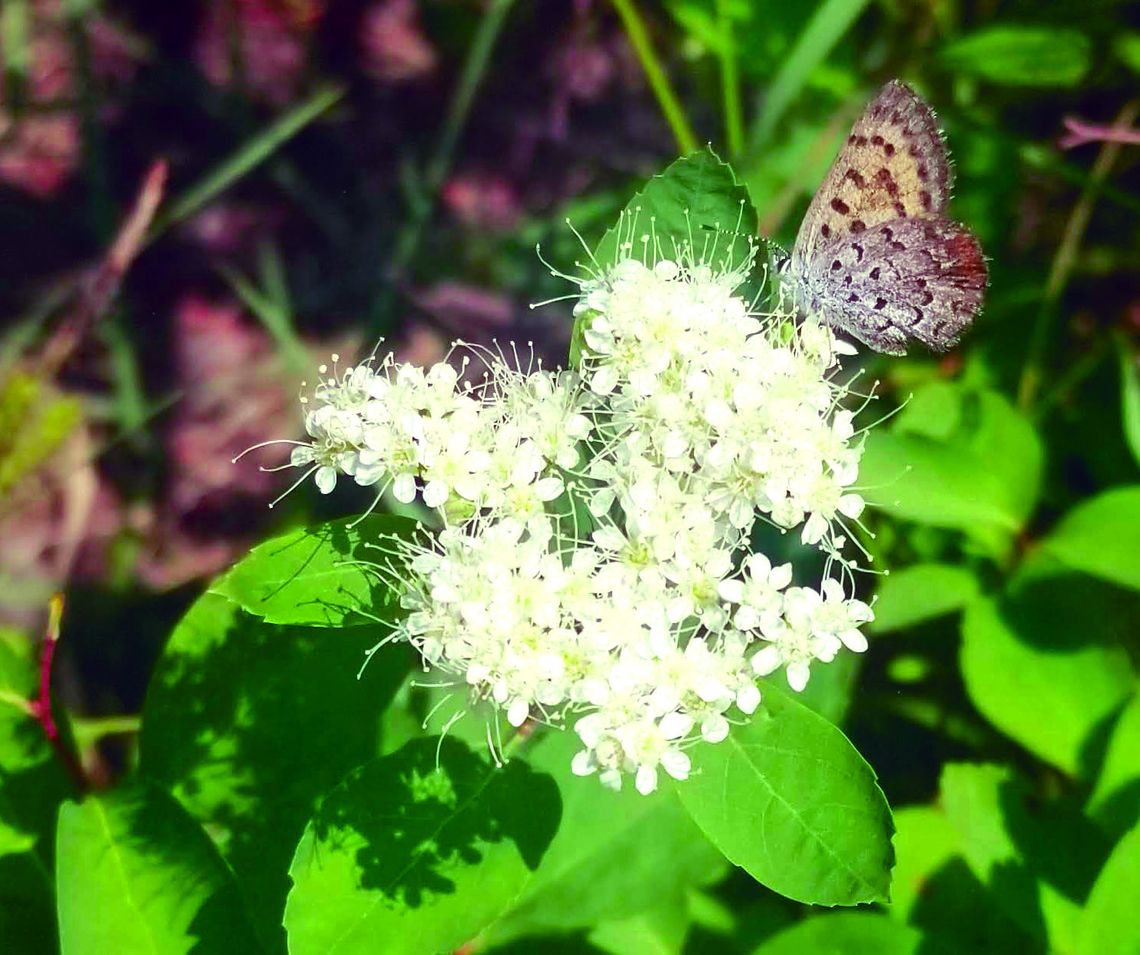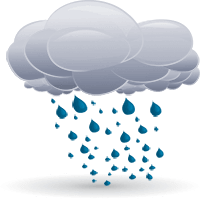A guide to controlling invasive plants in your yard and pasture
Invasive plants, like Chinese Tallow, act like ecological bullies. They outcompete native vegetation for vital resources like sunlight, water and nutrients. This not only takes away from the beauty of our natural landscapes but also disrupts the food chain, impacting wildlife populations and reducing biodiversity.
Identifying the Invaders in Your Yard and Pasture
Many seemingly innocent plants in our yards can wreak havoc in the wild. The widely-planted Ligustrum family, including Tree Privet, Glossy Privet and Chinese Privet, can grow into 25-foot giants that out-compete native trees. Their berries and leaves are unfortunately toxic to wildlife and humans. Similarly, the popular Nandina bush boasts beautiful red berries, but they contain cyanide, posing a threat to animals that consume them.
Invasive Trees and Beyond
Several invasive trees are causing problems in Central Texas. Chinese Tallow, Chinaberry and Chinese Pistache alter soil chemistry, making it unsuitable for native plants. Other invasive trees include Mimosa, Princess Tree, Paper Mulberry, Tree-of-Heaven and Salt Cedar.
Beyond landscapes, wetlands face threats, too. Elephant Ears, despite their attractive foliage, are fast-growing invaders that smother native plants. Not only are they toxic to animals, but their leaves can cause skin irritation in humans.
The Wildflower Woes
This year’s abundance of Bastard Cabbage on roadsides serves as a stark reminder of the invasive threat. This yellow-flowered shrub displaces native wildflowers, impacting their ability to thrive. Similarly, the Yellow Star Thistle and Malta Star Thistle, with their spiky blooms, out-compete native wildflower populations.
Taking Action for a Thriving Texas This article provides just a glimpse of the invasive species threatening Central Texas. However, with a little knowledge and effort, we can all play a role in protecting our environment. Here are some steps you can take to control invasive plants in your yard and pasture:
• Identify Invasive Plants: Familiarize yourself with common invasive species found in your area. Resources like the Texas A&M AgriLife Extension Service (including your local Hays County office), texasinvasives.org and npsot.org provide valuable information and identification guides.
• Fight Back with Prevention: A healthy lawn with dense, native grasses is less susceptible to invasion by these unwanted plants. Here are some strategies to keep your lawn healthy and discourage invasive growth: — Mow regularly: This can help to prevent invasive plants from going to seed and spreading.
— Water properly: Avoid overwatering, as this can create conditions that favor invasive plants. A healthy lawn with a deep root system is more drought tolerant and requires less frequent watering.
— Fertilize appropriately: A healthy lawn with the right nutrients is better able to resist invasion. However, avoid excessive fertilization, which can promote weed growth.
• Eradicate Existing Invasives: Once you've identified invasive plants, take steps to remove them.
— Hand-pull weeds: For small infestations, hand-pulling can be an effective way to remove invasive plants. Be sure to remove the entire root system to prevent regrowth.
— Use herbicides selectively: Herbicides can be effective in controlling invasive plants, but it's important to choose the right herbicide for the specific weed and follow the label instructions carefully. Improper use of herbicides can harm desirable plants and pollinator populations.
• Choose Native Alternatives: Whenever possible, choose native plants for your landscaping needs. Native plants support local wildlife, enhance the beauty of your yard, and are often better adapted to local conditions, requiring less maintenance in the long run.
• Proper Disposal: When removing invasive plants, ensure proper disposal through composting facilities or controlled burns (with proper permits) to prevent them from spreading further. Composting invasive plants may not always be recommended, so check with your local waste disposal authority for proper disposal methods.
• Spread Awareness: Educate your neighbors and friends about invasive plants and their impact on our environment. By working together, we can create a community that values and protects our native ecosystems.
As your Hays County Extension Agent, I encourage you to be proactive in protecting our local ecosystems. By following these steps and working together, we can control invasive species and ensure that Central Texas remains a vibrant and ecologically healthy region for generations to come.
Additional Resources:
For the most accurate and up-to-date information on invasive species in Hays County, contact your local Hays County Extension Office at (512) 393-2120.



